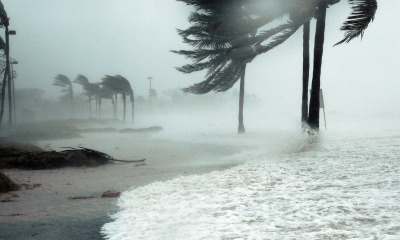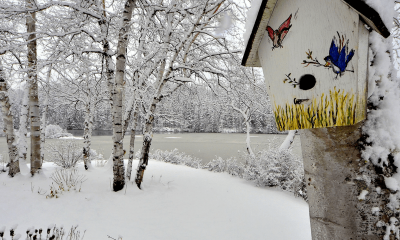5 Tropical Storm and Hurricane Preparedness Tips

A tropical storm can bring heavy rainfall and hurricane-like winds that can destroy or severely damage a property within a short period of time. Also, it is common for a tropical storm to evolve into a hurricane. Here are five tips to get you prepared for any storm that threatens to make landfall:
1.) Protect your property
When a tropical storm or hurricane threatens to hit land, it is vital for you to protect your property from the oncoming storm as much as possible. By taking these preventative steps, you may be able to avert the extent of damage that will take place to your home or business and save you financially in the long run.
- Check trees surrounding your property for any broken limbs that may fall
- Bring lawn furniture indoors or anchor into ground safely
- Check the roof and siding for any loose material such as shingles or gutters and reattach accordingly
- If there is a repair in progress or a problematic area, be sure to use a tarp to protect it from rainfall
- Check the foundation of your property for cracks to fill
- Board up windows if necessary
2.) Read over your insurance policy
Several exclusions exist in standard insurance policies such as flooding which is often the result of a tropical storm. As a property owner, it is vital to understand what your policy covers and excludes pre-disaster.
3.) Communication outages
Be prepared for strong winds to create disturbances in power, have a communication plan with your family, friends, and co-workers. A comprehensive communications plan should include a way to contact each other through:
- Social media
- Mobile applications
- Cell phone
- Landline
- Methods that do not involve electricity or power: satellite phone, two-way radio, CB radio, HAM radio, police scanner, and more
4.) Get an emergency kit ready
Three specific types of emergency kits are especially useful in the wake of a potential disaster, all of which can usually be found at your local convenience store:
- Car
- Personal/first-aid
- Pet
5.) Have a disaster plan ready to be implemented and practice it beforehand
- Analyze, learn and memorize evacuation routes. A general rule of thumb is to have a route to follow to a safe place that is in-town, out of town, and one that is also out of state
- Inventory your possessions
- Back up critical documents
For further reading, visit:
- "12 Ways to Reduce Water Damage"
- "How to Make a Business Continuity/Disaster Recovery Plan"
- "Post-Disaster Scams: Don't Suffer Twice from the Same Disaster"











